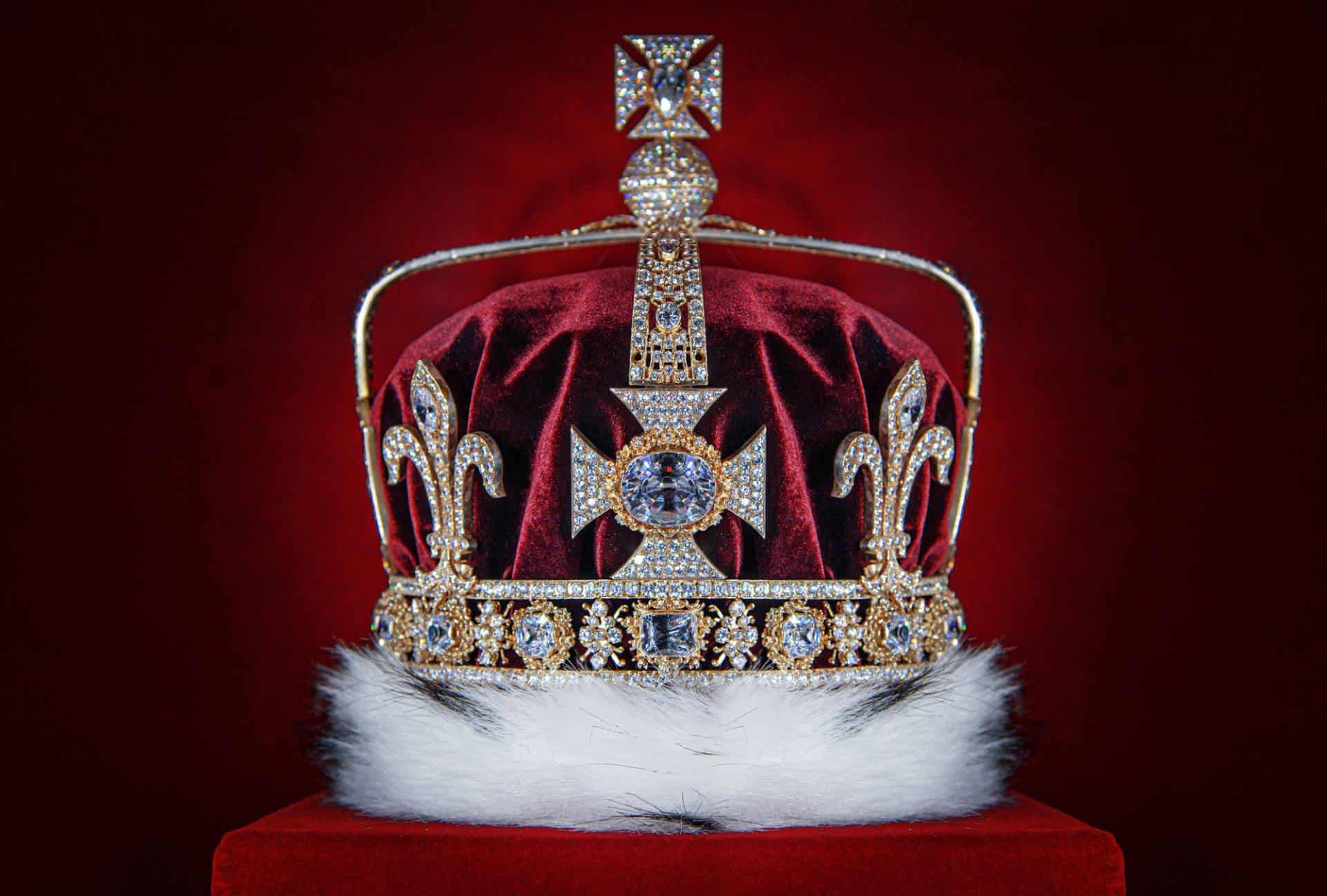
The term "Royal Jewels" refers to a collection of precious gemstones, jewelry, and regal accessories that are historically associated with a monarch or a royal family. These treasures often hold immense cultural, historical, and symbolic significance and are typically passed down through generations. Royal Jewels are considered important cultural artifacts and are often displayed in museums or worn during ceremonial and state occasions. Here are some notable examples of royal jewel collections in Europe:
- The British Crown Jewels:
- Housed in the Tower of London, the British Crown Jewels are perhaps the most famous collection of royal regalia. They include the Sovereign's Sceptre, the Imperial State Crown, the St Edward's Crown, and many other exquisite pieces. These jewels are used in the coronation ceremonies of British monarchs.
- The Crown Jewels of Sweden:
- The Swedish Crown Jewels consist of crowns, scepters, and other regalia used in royal ceremonies. The most iconic piece is the Crown of Eric XIV, dating back to the 16th century.
- The Danish Crown Jewels:
- Denmark's royal regalia includes the Crown of Christian V, which is the official crown used for the anointing of Danish monarchs, as well as other crowns, scepters, and jewels.
- The Norwegian Crown Jewels:
- The Norwegian regalia includes the Crown of Norway, the Royal Crown, and various other pieces used in coronation ceremonies and official state events.
- The Spanish Royal Family Jewels:
- The Spanish royal family possesses a collection of historic jewels, including crowns, tiaras, and necklaces. Many of these pieces are passed down through generations.
- The Dutch Royal House Jewels:
- The Netherlands' royal collection includes tiaras, necklaces, and other jewels that are worn during state occasions.
- The Belgian Royal Jewels:
- Belgium's royal family possesses a collection of precious jewels, including tiaras and necklaces, some of which have been in the possession of the family for generations.
- The Swedish Bernadotte Family Jewels:
- The Bernadotte family, which reigns in Sweden, has a private collection of jewels that have been passed down through generations, including tiaras and brooches.
These are just a few examples, and many other European royal families have their own treasured collections. The value of these jewels is often incalculable due to their historical significance and the rarity of the gemstones. Additionally, some of these collections are on public display, while others remain private or are used exclusively for ceremonial purposes.
When and where do they perform the “changing of the guard?
- London:
- Where: Buckingham Palace
- When: 11:30 am
- Vatican:
- Where: Swiss Guard
- When: On Continuous Stroll
- Monaco:
- Where: Palais du Prince
- When: 11:55 am
- Czechia:
- Where: Prague Castle
- When: 12:00 Daily
- Greece:
- Where: Syntagma Square in Athens
- When: Sunday at 11 am
- Copenhagen:
- Where: Amalienborg Palace
- When: 12 pm Daily
*Note in Britain the Changing of the Guard is every day from mid-April to late July, otherwise it is done alternating/every other day during the rest of the year.
*Although on continuous patrol in front of the Tomb of the Unknown Soldier which stands at the entrance to the Greek Parliament building, or Vouli, the “evzones” or guards are accompanied by a band on Sunday mornings as a platoon marches down Vasilissis Sofias St. to the Tomb of the Unknown Soldier at Syntagma Square (also called Plateia Syntagmatos)
*The Royal Life Guard in Copenhagen, Denmark also does a ceremonial march beginning at 11:30 am before the changing of the guard.










